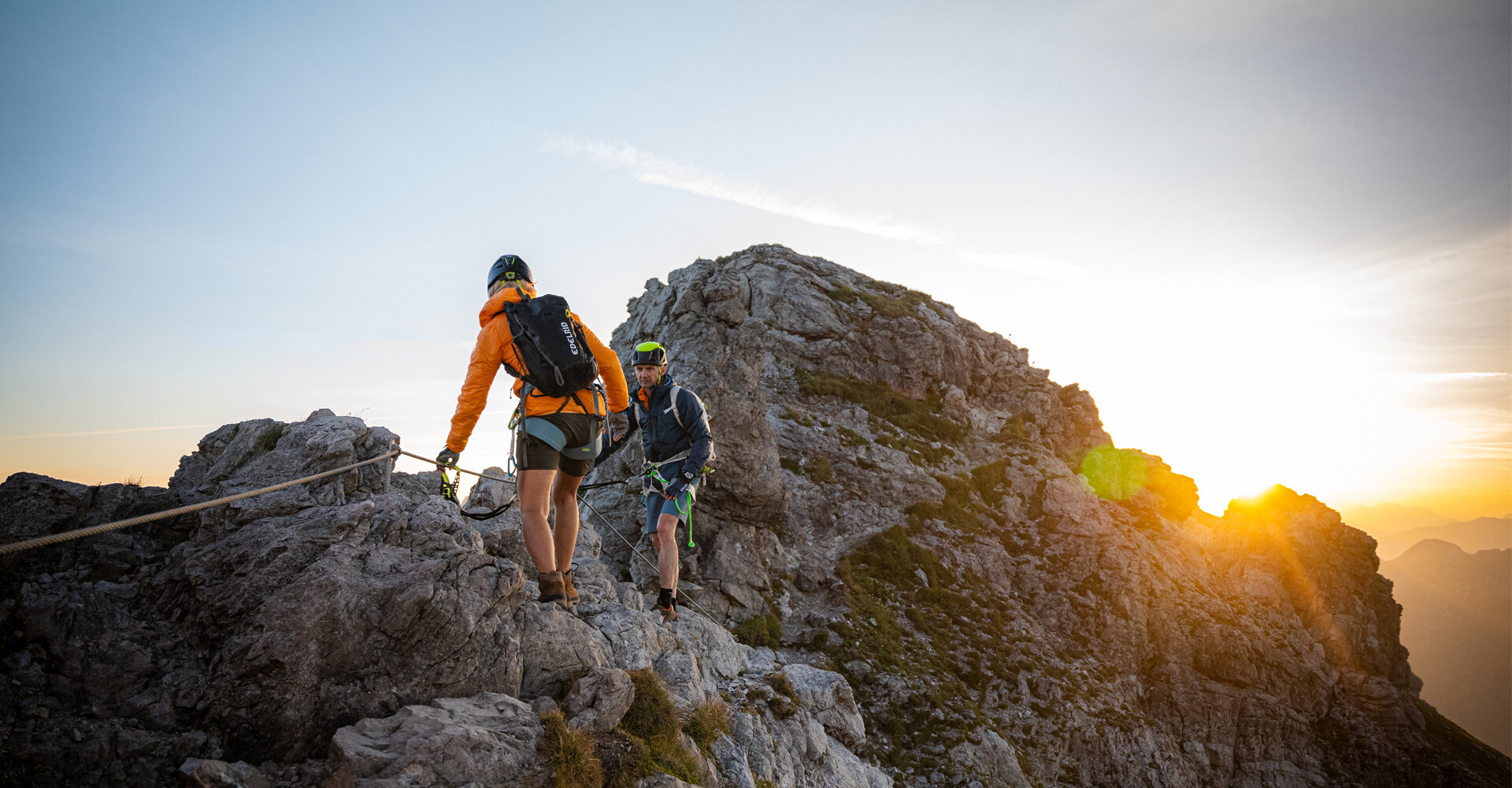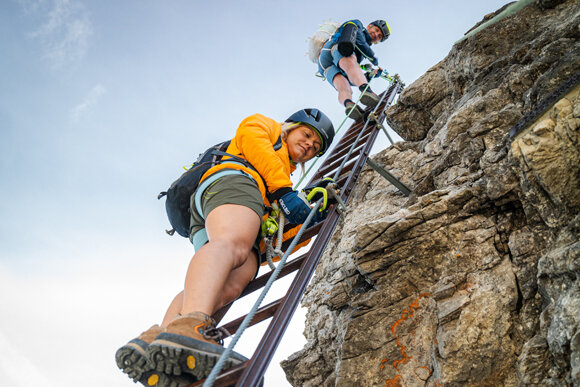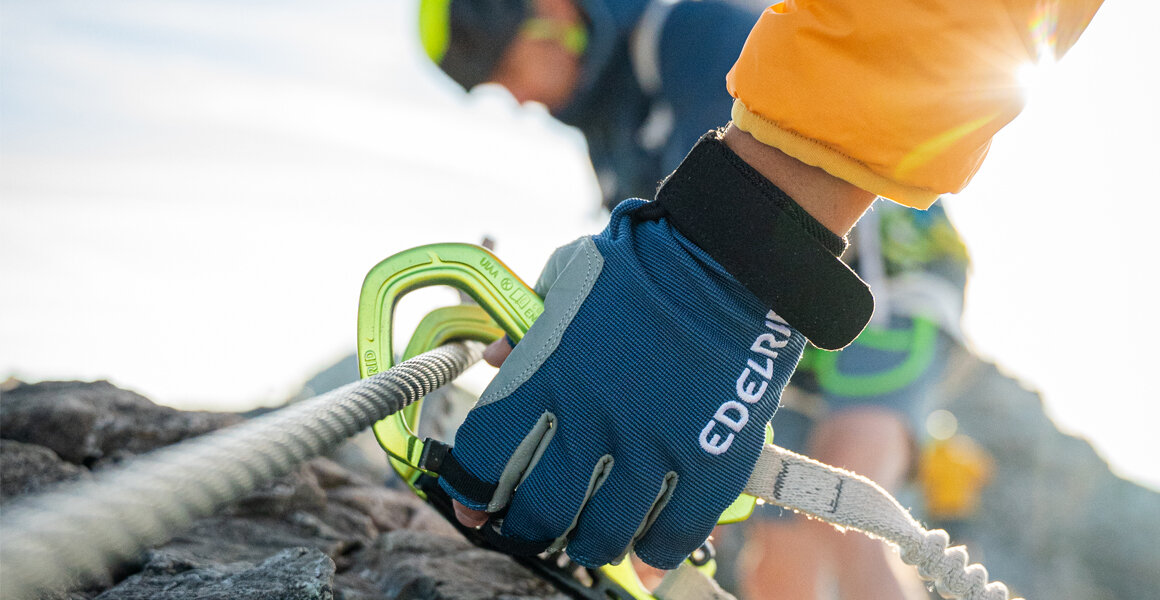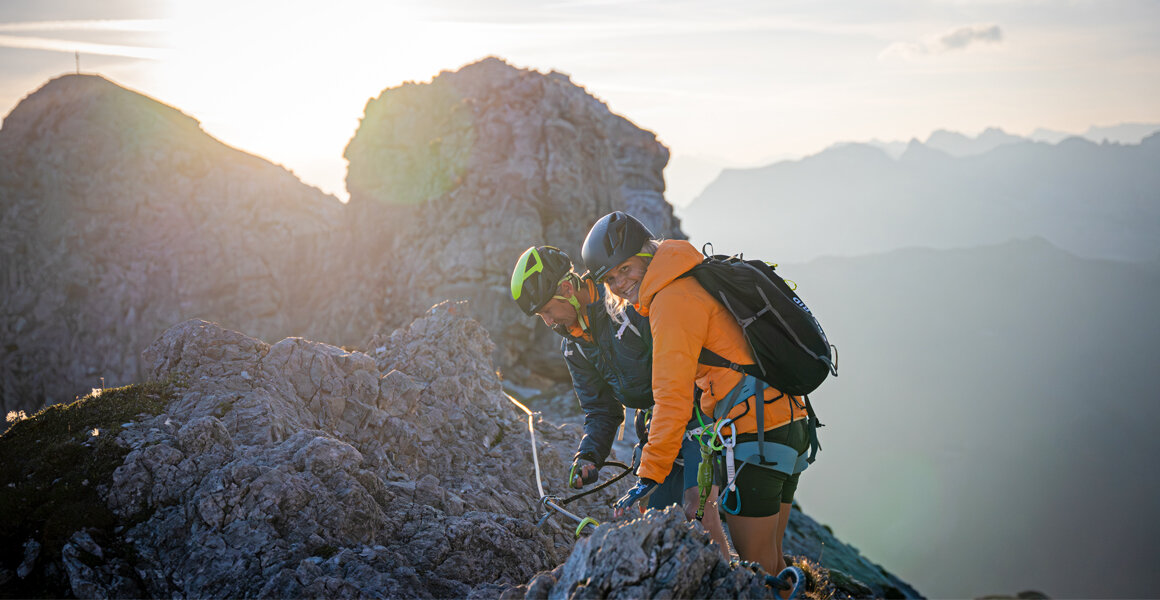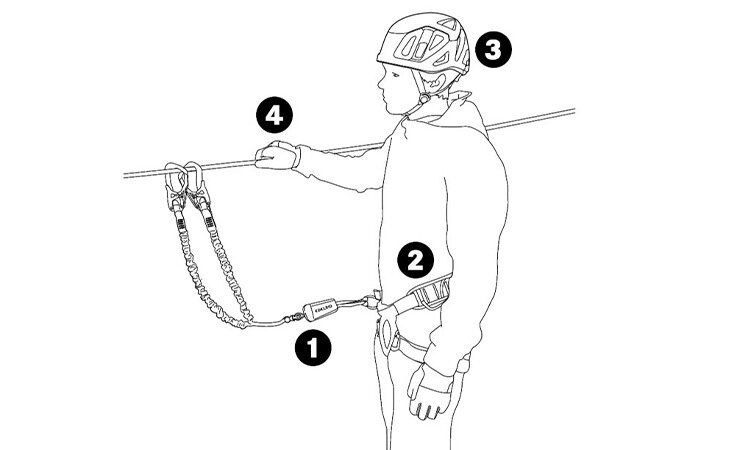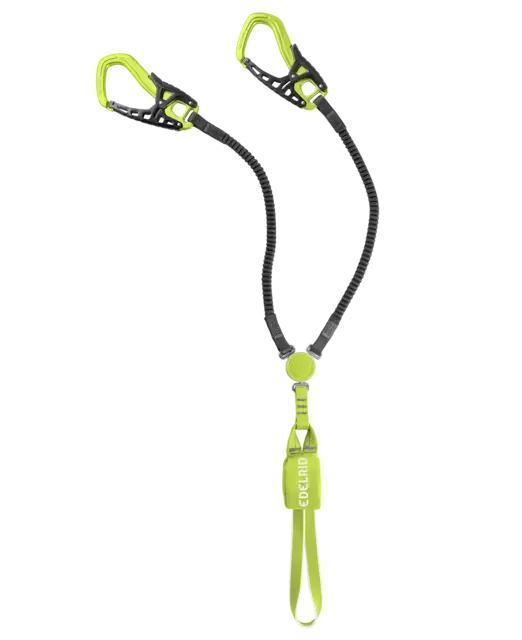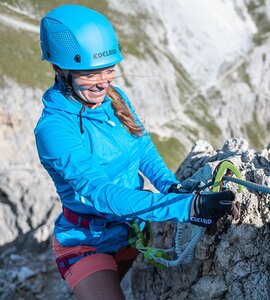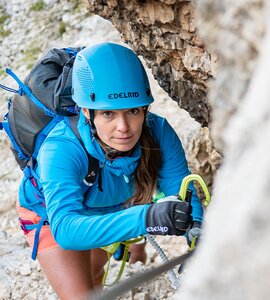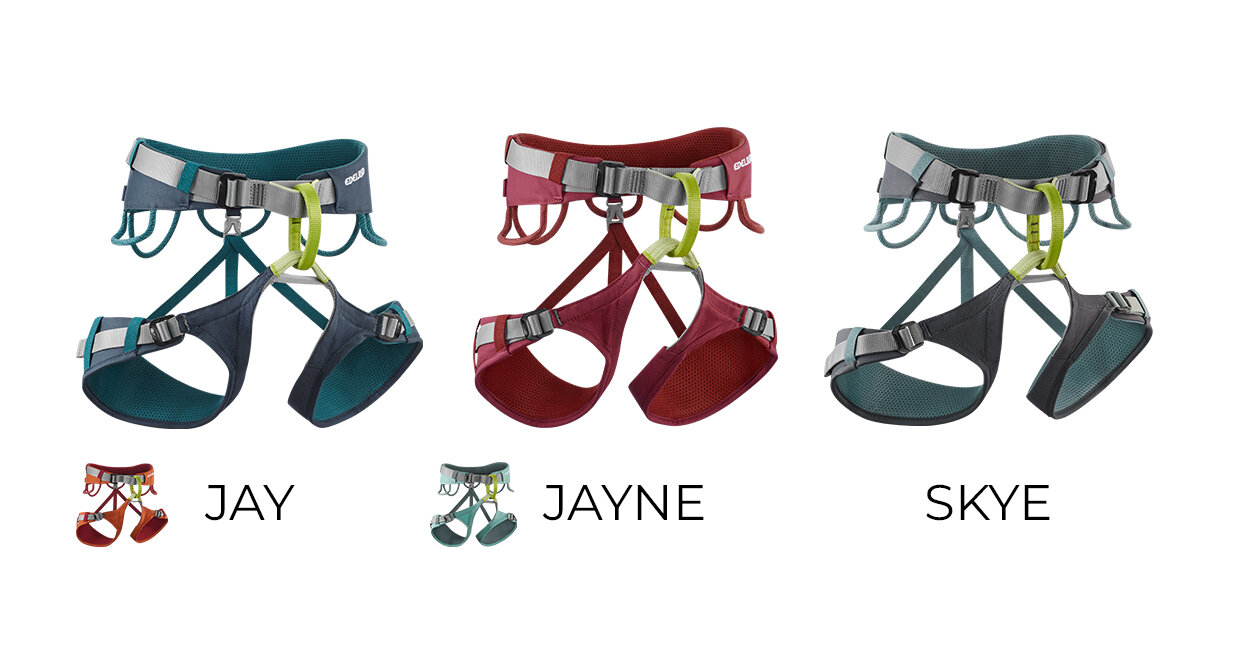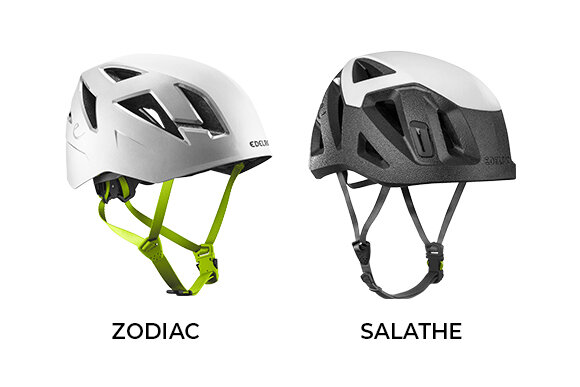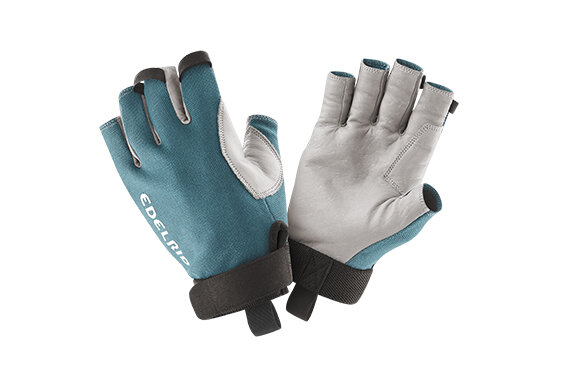What is a via ferrata and how do via ferrata routes work?
You’re high up in the mountains and balancing your way across a wobbly suspension bridge. Below, a raging waterfall plummets into the abyss while ahead, a steep mountain face with unique rock formations marks your way to the summit. This is a typical setting for a via ferrata. Climbing via ferratas is an exciting way of independently exploring the alpine world without the need for complex belay techniques. It offers an introduction to verticals and lots of fun, especially for children. Via ferratas open the door to terrain that would otherwise be inaccessible to many people.
